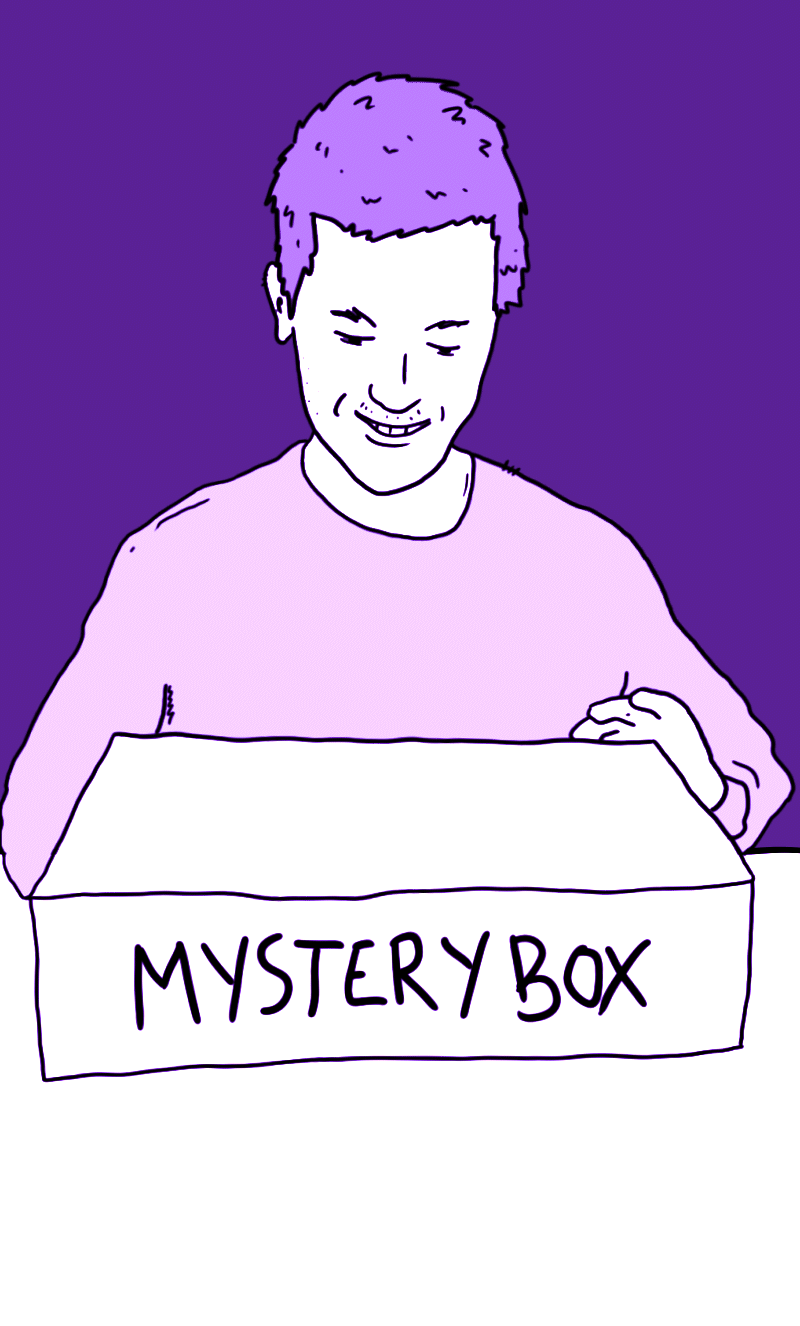The Why #64: Why on earth would anyone pay for a brand’s ‘Mystery Box’?
By Dan Monheit 2.6.23
Question submitted by Marcus, Burwood
I take it Marcus, that you’re not a gambling man.
For those unfamiliar with the latest craze, a ‘Mystery Box’ is a package (box) containing a selection of products from a specific brand or company. The contents of the box is typically unknown (a mystery) to the buyer.
If you’re fond of a scroll on social media you may have come across the many videos of customers unpacking their mystery boxes. The contents tend to range from heinous stock that nobody would knowingly pay for to the most sought after, hyped up goodies. Sounds weird right? Yet brands like Cotton On, Frank Green and even Vogue are jumping on board the mystery train.
But you’re on to something Marcus, there’s got to be a reason we blindly hand over our hard earned cash, knowing there are a small handful of ways things could work out well, and a million ways it’ll be a train wreck.
Optimism Bias
Optimism Bias is our tendency to overestimate our likelihood of experiencing positive events while underestimating our likelihood of experiencing negative events.
In 1980, Professor Neil Weinstein of Rutgers University set out to investigate our inclination to be overly optimistic. He assembled more than 200 college students and gave them a list of positive life events (e.g. securing their dream job) and negative life events (e.g. suffering a heart attack). Each student was then asked to rate their likelihood of experiencing each event compared to their classmates.
To the surprise of literally nobody, the majority of students believed that their chances of experiencing positive events like owning a home and living well into their 90s was much higher than their classmates. At the same time, they rated their chances of experiencing negative events like developing a drinking problem or getting divorced as much lower. How lucky for them.
So how does this crack the mystery behind ‘Mystery’ boxes? Well, we recognise that bad outcomes do happen, we just convince ourselves that they’re unlikely to happen to us. Call it hope. Call it faith. Call it Behavioural Science.
Brands can cash in on our innate optimism by crafting messages that focus on future benefits and possibilities. Highlighting how specific products or services can unlock the (inevitable, rose tinted) future we’re working towards will have shoppers more excited than recipients of the next edition of this newsletter.
Behaviourally Yours,
PS If you missed the last edition, you can still check out why there are so many self help books and podcasts here.
Bad Decisions Podcast
Learn more about Behavioural Science with the Bad Decisions podcast.
Got a question?
Is there something you’ve always wondered about?
Send it through to AskDan@hardhat.com.au
Want more?
If you’re a fan of having your curly questions answers, secure your copy of the newly released Amazon #1 Best Seller ‘The Why, The Book’ by Dan Monheit here.


